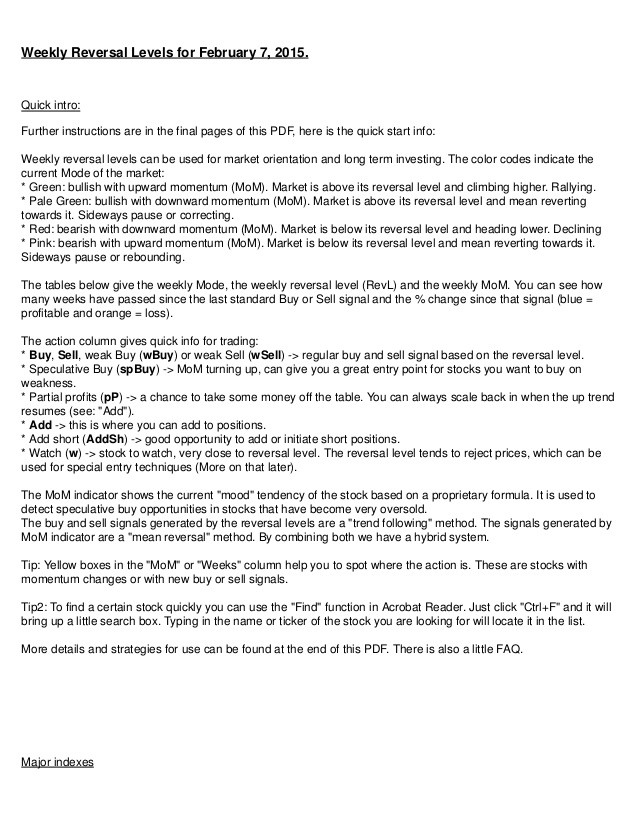Don t Buy an ETF Without Reading This (BLK IVZ NDAQ QQQ SPY STT)
Post on: 1 Май, 2015 No Comment

After a memorable bull run in September, the huge 1,000-point intraday drop that happened on May 6 has probably already faded from your mind. But if you trade ETFs. you need to take some lessons from the Flash Crash to heart — and make sure that you know just how big the risks are before you buy your next exchange-traded fund share.
Flashin’ and crashin’
Last week, regulators from the Securities and Exchange Commission and the Commodity Futures Trading Commission released a joint report discussing what caused the huge market move, which took place within a matter of minutes. The report cites the disruptive influence of a single trader’s huge $4 billion sale of stock index futures contracts as the primary cause of the move. The report largely exonerated stock exchanges NYSE Euronext ( NYSE: NYX ) and Nasdaq OMX Group ( Nasdaq: NDAQ ). stating that while some of their actions didn’t help matters, they weren’t responsible for the event.
It’s clear that based on the report’s findings, regulators will seek to dismiss this as a one-time fluke. But without any proposals on how to keep this from happening again, the question remains: How can investors ever be sure that they won’t find themselves on the short end of a 1,000-point market move sometime in the future?
Know the risk
The short answer is that you can’t have confidence that markets won’t have huge volatility in the future. And when the next flash crash occurs, ETF investors will once more be at the center of the chaos for a number of reasons:
- Easy source of liquidity. When panicking investors need to sell, turning to the most liquid ETFs is the obvious place to go. On May 6, volume in SPDR Trust ( NYSE: SPY ) nearly doubled from the previous day, trading nearly 650 million shares worth over $70 billion at the closing price for the day. The PowerShares QQQ ( Nasdaq: QQQQ ) had a similar spike in volume, reaching levels the ETF hadn’t hit all year.
- The rest of the pack. Even more dangerous, however, are the smaller ETFs that don’t have as many players actively trading fund shares. Because the intrinsic value of ETFs is entirely dependent on what their component stocks are worth, a huge drop in stock prices resulting from a flash crash will push ETF values down sharply. Yet unlike the individual stocks themselves, many of which trade millions of shares each day, ETFs that count their daily volume in thousands rather than millions are much more vulnerable. We saw that in May, as the majority of securities that required canceled trades were ETFs. Even the major companies in the industry — BlackRock ‘s ( NYSE: BLK ) iShares, State Street ‘s ( NYSE: STT ) SPDRs, and Invesco ‘s ( NYSE: IVZ ) PowerShares — saw ETF values plummet inordinately during the flash crash.
- Complete coverage of the entire investing universe. No matter how limited a future flash crash may be, there’ll be some ETF that suffers inordinately from it. ETFs have become increasingly specialized. as the only way to distinguish a new fund from the hundreds that are already available is to define a new niche. So even if the next flash crash affects only a single stock, you can bet that some ETF will have a huge position in that stock — and it’ll likely take a much bigger hit.

How to protect yourself
So if you want to invest in ETFs, what can you do to limit the risk of a future flash crash? Perhaps the most important is to prepare yourself for what you’ll do when it happens. ETF investors who panic-sold regretted their actions within minutes. You have to have the tenacity to realize that a major downdraft is likely nothing more than a momentary glitch. If you have the courage to see such an event as an opportunity, you may even profit from it.
If you don’t have the stomach for that, though, sticking with the biggest and most broad-based ETFs is your best defense. Even though big ETFs aren’t going to drop to pennies per share as some smaller ones did, you can’t avoid the same problem the entire stock market faced back on May 6. Sooner or later, ETF investors are almost certain to see future episodes of panic-selling. That’s simply the price you’ll have to pay for the convenience that ETFs offer.
Stocks are up, but why? Alex Dumortier warns you not to buy stocks for the wrong reason .
True to its name, The Motley Fool is made up of a motley assortment of writers and analysts, each with a unique perspective; sometimes we agree, sometimes we disagree, but we all believe in the power of learning from each other through our Foolish community.
Fool contributor Dan Caplinger is still a happy ETF investor. He doesn’t own shares of the companies mentioned in this article. BlackRock and Nasdaq OMX Group are Motley Fool Inside Value selections. NYSE Euronext is a Motley Fool Rule Breakers recommendation. Motley Fool Options has recommended writing covered calls on Nasdaq OMX Group. Try any of our Foolish newsletters today, free for 30 days . The Fool’s disclosure policy is always flashy and never crashy.














